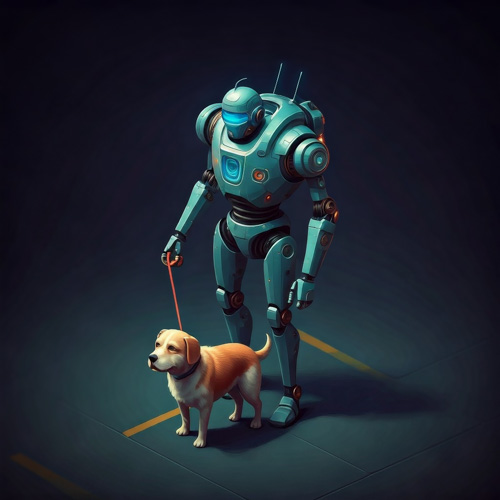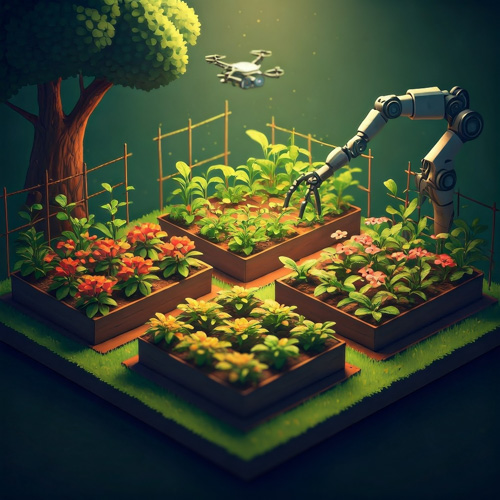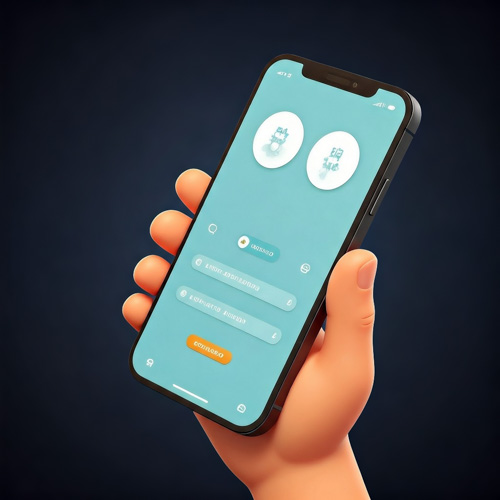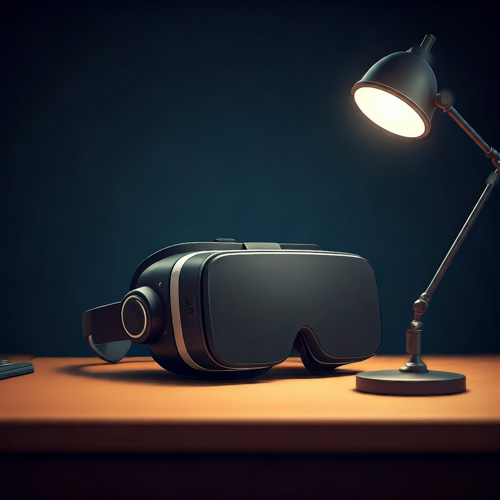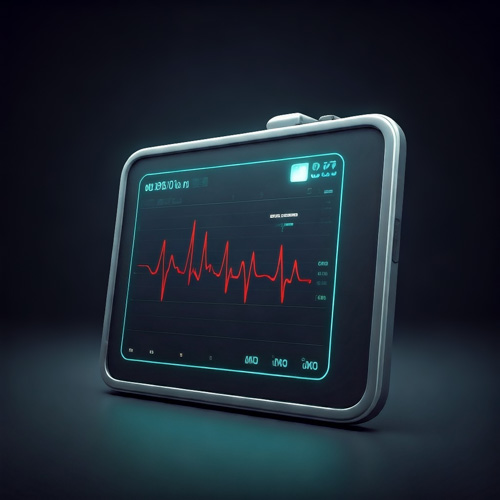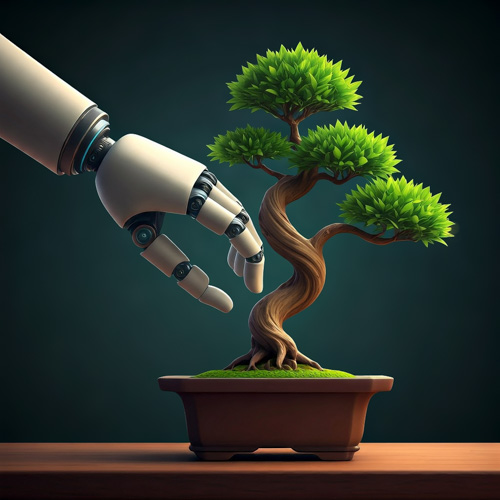The demographic shifts in the United States are no longer a distant forecast; they are the reality we are living. As the baby boomer generation continues its march into retirement, the demand for elder care services is surging, creating a complex web of challenges for individuals, families, and the healthcare industry. A recent discussion among industry executives, highlighted in “Executive Insights on Aging Care,” sheds light on the multifaceted issues arising from this “graying tsunami.”
The executives emphasized the escalating demand for elder care, a trend that is only set to intensify. Projections indicate a significant increase in the 65-and-older population in the coming years, straining existing care systems. This surge isn’t just about numbers; it’s about the increasing complexity of care needs and the emotional and financial toll it takes on families. Unlike childcare, elder care is often less predictable, with needs that can change rapidly and extend over longer periods.
One of the critical challenges identified is the workforce shortage in the care sector. The need for home health and personal care aides is projected to grow dramatically, yet attracting and retaining qualified professionals remains a significant hurdle. This scarcity of caregivers places immense pressure on families, many of whom are already juggling work and their own family responsibilities. The article points out the increasing number of younger men providing unpaid elder care, a potential factor in shifting living arrangements.
For Generation X, sandwiched between the baby boomers and millennials, these trends have particular resonance. Many in this cohort are now facing the dual responsibilities of caring for aging parents while still managing their own careers and, in some cases, raising children. The unpredictability and long-term nature of elder care can disrupt career trajectories, impact financial stability, and contribute to significant stress and burnout. This generation, often characterized by its independence and self-reliance, may find itself unexpectedly navigating the complexities of a care system not adequately prepared for the demographic shift.
The discussion also touched upon the role of technology in addressing these challenges. While innovation offers potential solutions for remote monitoring, telehealth, and improved care coordination, the executives cautioned against a purely tech-driven approach. They stressed the importance of maintaining a human-centered approach to care, ensuring that technology serves to enhance, not replace, the crucial personal connection between caregivers and those they support.
Addressing the elder care crisis requires a multi-pronged approach. It necessitates increased investment in training and recruiting care professionals, exploring innovative models of care delivery, and providing greater support for family caregivers. For Generation X, proactive planning for their own aging and advocating for better elder care policies for their parents will be crucial in navigating the years ahead. The “graying tsunami” is here, and it demands our attention, our innovation, and our compassion.


